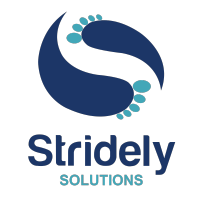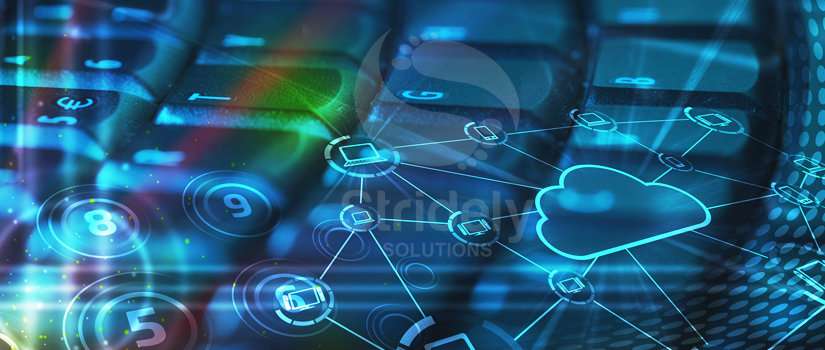The usage of IoT devices is increasing in many verticals, and at the same time, it is entering newer verticals at a good pace too. In the last few years, the number of IoT devices has been multiplied by manifolds.
Organizations of all kinds are looking for opportunities to use IoT in their business processes. After all, it could improve their operations, automate tasks better, increase revenue and get faster access to real-time data.
But there is a problem!
Most of the enterprises are using legacy systems, old networks for communication, and outdated devices.
Considering the modern standards of security and networking, such aids cannot be used directly with the IoT infrastructure. Also, you cannot suddenly replace all your devices and migrate all existing data for the sake of digitizing the business as per the most recent technology standards. Even if (though very impractical) you did so, you will have to repeat it very frequently.
The Solution – Data Ingestion and Modern IoT Cloud
There is a lot of data and operations that rely on your legacy systems, so enterprises can set up data ingestion tools, such as Edgeline.
Or, just like Automation that used IoT cloud & OneEdge to fix the HTTP disconnection problem for its legacy devices and people on the field, you may do the same.
Data ingestion provides organizations with a medium/framework to upload, import, gather, process, send and integrate their data, spread across multiple devices/systems. They are capable of working with (and fetch data through) a rich range of legacy protocols & interconnects. With these tools, you can ingest a wide variety of industrial data.
Once ingested and kept in the modern IoT cloud, your enterprise data can be handled without hassles. You will be able to use it with IoT devices (e.g., sensors), modern streaming platforms (e.g., Kafka), and protocols (e.g., TCP/IP).
In short, your legacy system architecture’s data will be extended using a pipeline and cloud storage in order to make your business’s communication with the rest of world smoothly.
Modern IoT Cloud, such as AWS IoT Core can be used for this purpose. You may also use IoT platforms that let modern and legacy protocol sensors connect securely.
How Modern IoT Cloud improves security?
Your enterprise may have hundreds of legacy systems, sending data to your Ingestion tool. Now, for modern networks, this ingestion tool acts as a gateway. Those networks don’t consider that the data is coming from diverse sources but one source.
An ingestion tool can be integrated with or feed the data to a modern & secured system for further usage. As an IoT Cloud is secure and has a good potential to handle multiple interactions, it naturally becomes a good choice for legacy devices.
This architecture lets a good range of devices and cloud services use the fetched data with modern protocols for efficient and faster communication.
If you are looking for a very flexible and cost-effective system IoT architecture, Microsoft Azure will be a good choice.
Why TCP Connection for modern IoT Cloud & Legacy Devices?
As the device-to-cloud communication happens over the transport layer, enterprises might either use TCP or UDP.
TCP is indeed a better choice here because the protocol allows connection-oriented transmission of data. It implies that each successfully-sent data packet will be acknowledged. This will prevent your packets from getting lost.
While you may think that the overhead of using the Transmission Control Protocol (TCP) is very high for IoT applications in this case, but for legacy systems, streaming the data through reliable mediums is always preferred.
At the application layer, HTTP will be our pick between the 2 protocol bridges (TCP Bridge and MQTT Bridge) the modern IoT clouds generally utilize. The MQTT Bridge requires device connection while HTTP works using a connectionless communication method (request/response). Besides that, an HTTP Bridge utilizes a half-duplex TCP connection and is light-weighted.
How to Connect Legacy Devices to Azure IoT Hub
Here’s a simplified overview of how you can connect older devices to Microsoft Azure IoT:
Data Ingestion
Set up a gateway or edge server to collect and prepare data from your legacy machines.
Use a data ingestion tool that supports older protocols and formats.
Set Up Azure IoT Hub
Create an IoT Hub instance on the Azure Portal.
Register your device or gateway in the IoT Hub to get the necessary credentials (device ID, primary key).
Define access policies and security roles.
Connect Your Device
Install the Azure IoT SDK for your preferred language (C, Python, JavaScript, etc.)
Configure your client application to use the connection string obtained during device registration.
Use TCP-based communication, typically via HTTP or MQTT, to send data from your ingestion tool to Azure.
Send and Receive Messages
Structure messages using JSON format.
Handle acknowledgements and callbacks in your client application.
Set up rules in Azure to route data to other services like Azure Stream Analytics, Event Hubs, or Blob Storage.
The Final Word
While you might need to enable your legacy device with the Modern IoT Cloud using the TCP connection, there are possibilities that you will hesitate or get stuck when following the procedure because it is not very straight-forward. If you are unsure about handling secure IoT enablement process for your enterprise, hire experts from Stridely Solutions to do it fast, securely and smoothly.


